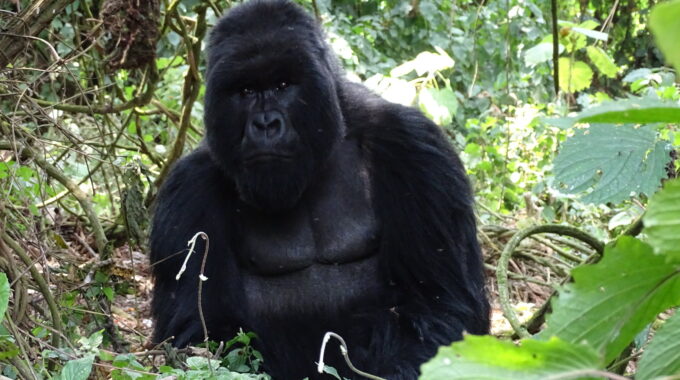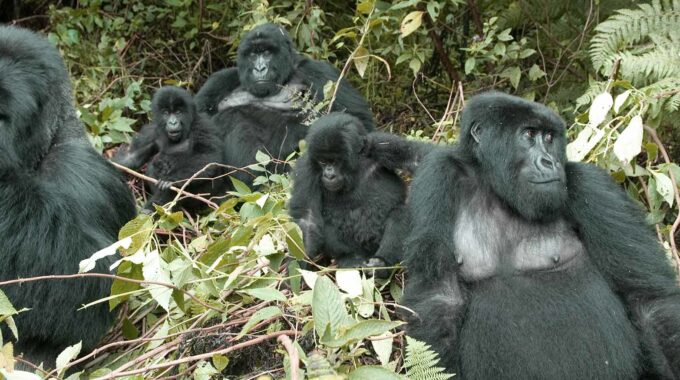10 Essentials Our Travel Experts Always Bring on Safari A safari is an exhilarating expedition. Rest…
Why don’t gorillas climb trees?
Why don’t gorillas climb trees? –
Gorillas, the largest living primates, are fascinating creatures renowned for their strength, intelligence, and complex social structures. While they are capable of climbing trees, it is not a common behavior for adult gorillas. This essay explores the reasons behind this, delving into their anatomy, lifestyle, and environmental adaptations.

1. Physical Anatomy and Size
One of the primary reasons adult gorillas rarely climb trees is their sheer size and weight. Adult male gorillas, also known as silverbacks, can weigh between 300 to 500 pounds (136 to 227 kilograms). Their immense mass makes tree climbing both physically challenging and dangerous. Unlike smaller primates, whose lighter frames allow them to navigate branches with ease, the large bodies of gorillas put them at risk of falling if a branch cannot support their weight.
Moreover, gorillas have evolved with a body structure more suited to terrestrial movement. Their long arms, powerful muscles, and knuckle-walking gait are adaptations for ground-based locomotion rather than arboreal activity.
2. Dietary Needs and Feeding Habits
Gorillas are herbivores, primarily consuming a diet of leaves, stems, fruits, and bamboo shoots. While fruit is often found in trees, much of their preferred diet grows closer to the ground. In their natural habitats, gorillas have access to abundant food sources at lower levels, reducing the need to climb trees.
Additionally, gorillas can strip leaves and bark from shrubs and small trees, providing a calorie-dense diet without requiring significant vertical movement.
3. Social Behavior and Safety
Gorilla social structures are another factor influencing their arboreal habits. Gorillas live in groups led by a dominant silverback, who is responsible for protecting the group. The ground offers a more stable and open environment for maintaining vigilance against potential predators like leopards. Climbing trees would make it harder for a silverback to monitor and protect its group effectively.
Gorilla infants and juveniles, being lighter and more agile, are often seen climbing and playing in trees. However, as they mature and their weight increases, they tend to adopt the more terrestrial lifestyle of adults.
4. Habitat and Environmental Factors
Gorillas inhabit dense forests and mountainous regions for example, Volcanoes National Park, where trees are tall and have limited lower branches. In such environments, the effort required to ascend high into trees may not be worth the energy expenditure, especially for such large animals. Instead, gorillas find comfort in their terrestrial surroundings, building nests on the ground each night for sleeping.
5. Occasional Climbing Behavior
Although adult gorillas generally avoid tree climbing, they do occasionally ascend for specific purposes. For instance, when fruit is scarce on the ground, they may climb to access higher food sources. In these instances, gorillas choose trees with sturdy branches that can support their weight. Silverbacks, however, rarely climb far from the ground due to their size.
Conclusion
Why don’t gorillas climb trees? While gorillas are capable of climbing trees, their anatomy, diet, social behavior, and environment make them primarily terrestrial creatures. Their immense strength and adaptability allow them to thrive on the ground, where they can forage, protect their group, and interact with their environment effectively. The occasional climb serves as a reminder of their arboreal ancestry, but for the most part, gorillas have evolved to rule the forest floor. This fascinating balance between strength and habitat adaptation underscores the incredible evolution of one of humanity’s closest relatives.



